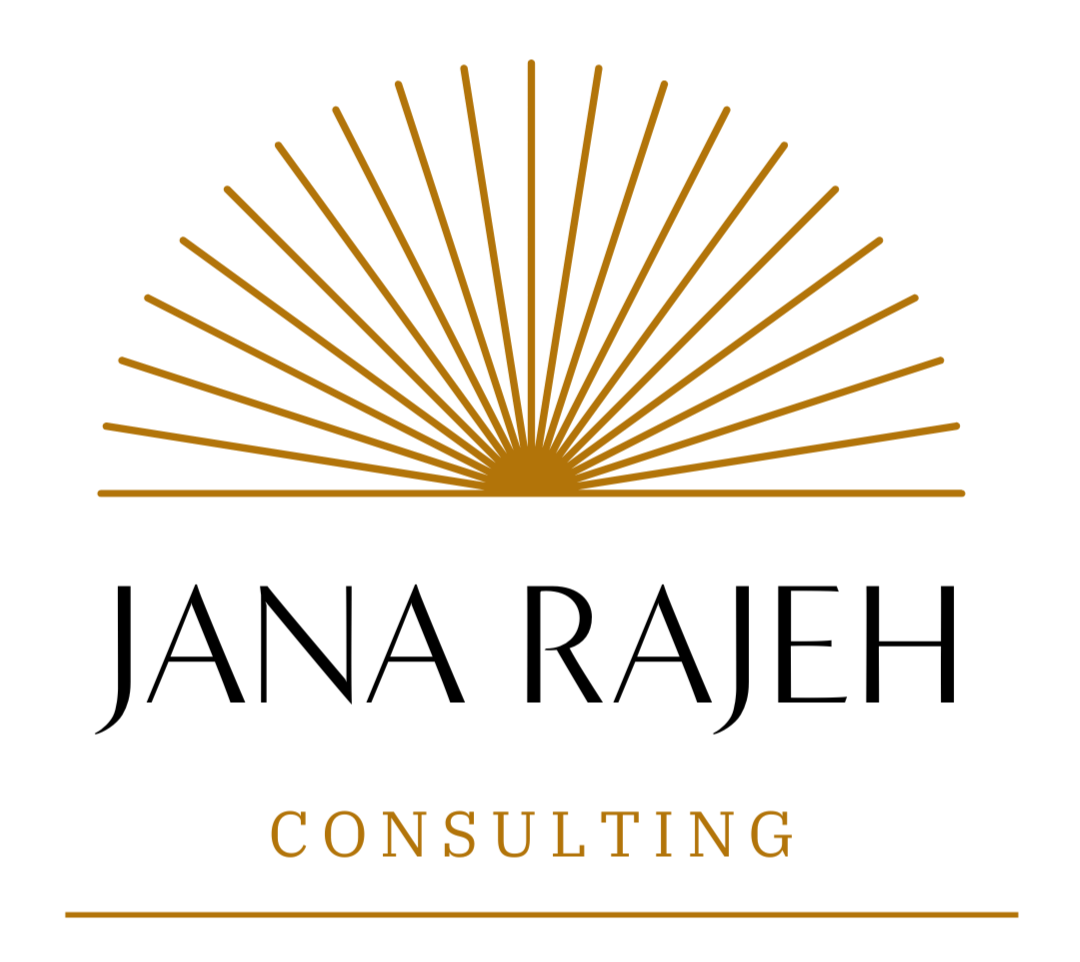How Curiosity Can Calm Conflict
You don’t need to agree with someone to stay calm in a disagreement.
You just need to make enough space to truly understand them, before deciding your next step.
That’s where this week’s tool comes in. It’s simple, but powerful enough to change the tone of a conversation in seconds.
💬 HERE’S WHAT WE’RE EXPLORING:
How curiosity can lower the emotional temperature in conflict
Why open-ended questions help you uncover what’s really going on
How to move forward respectfully — even when you still disagree
🧠 THIS WEEK’S TOOL: The Curiosity Swap
What it is: When you feel defensive, swap your first reactive thought or statement for a curiosity-based question.
How to use it:
Notice the urge to defend or argue.
Pause for a beat.
Ask an open-ended question that invites the other person to share more.
Examples:
Instead of: “That’s not true!” → “What makes you feel that way?”
Instead of: “That’s unfair!” → “Can you walk me through what led you to that conclusion?”
💡 WHY IT WORKS
Shifts the tone from adversarial to collaborative.
Lowers defensiveness and increases openness.
Gives you time to regulate your own emotions.
Deepens understanding — which makes resolution easier, even if you still don’t agree.
📚 The research behind it: Harvard Business Review reports that curiosity improves trust, empathy, and collaboration — all essential for resolving conflict effectively. The Curiosity Swap is my way of putting that research into action, turning the principle of curiosity into something you can practice in the moment.
Source: Gino, F. (2018). The Business Case for Curiosity. Read it here
IF YOU STILL DISAGREE AFTER USING IT
Curiosity isn’t about caving or forcing agreement, it’s about calming the conversation, gathering clarity, and then choosing your next move intentionally.
It gives you:
Lower emotional temperature — Reduces defensiveness so the conversation stays constructive.
More accurate information — Uncovers context, intent, and constraints you may have missed.
Modeled respect — People are more open to compromise when they feel heard.
Time to regulate — Once calmer, you can respond with clarity instead of heat.
If you still don’t agree after hearing them out, you can say:
“Thanks for explaining your thinking. I see where you’re coming from — and I still have a different perspective. Can I share it with you?”
This keeps the door open for collaboration instead of closing it with defensiveness.
💛 A NOTE FROM ME
Conflict doesn’t have to end in disconnection.
It can be a doorway to better understanding, if we choose to walk through it differently.
I teach these tools because everyone just wants to feel seen, heard, respected, and included. Communication is the bridge that gets us there.
With appreciation,
Jana 💛
📬 WANT FREE TOOLS TO PRACTICE AT HOME?
Download the Calm in Conflict Toolkit, my free guide with practical tools you can use right away.
It includes:
Neutral language scripts
Tone & delivery tips
Emotional regulation tools
A 4-part conflict communication framework
